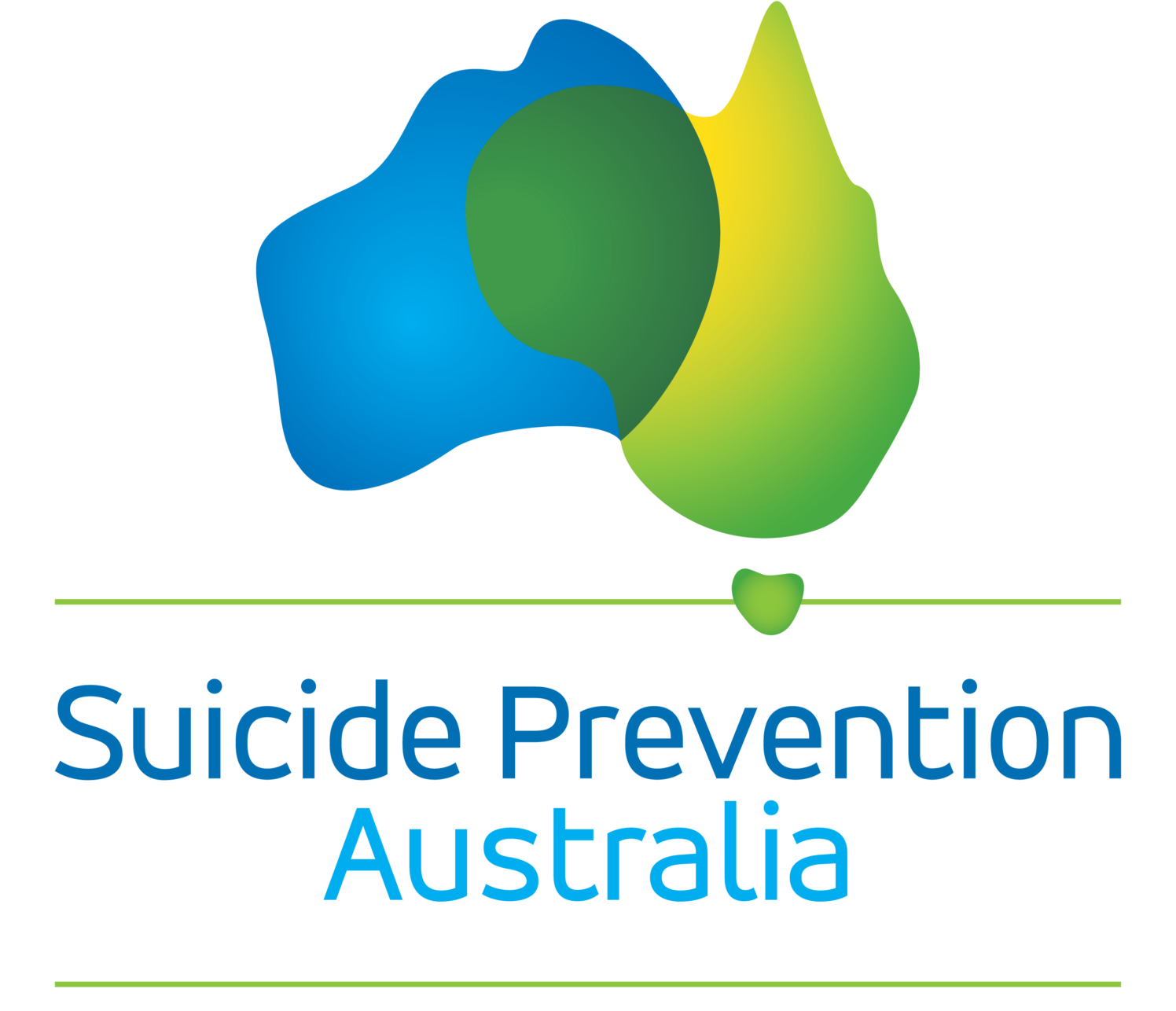The overall objective of this Virtual Reality training tool is to increase understanding and identification of pre-suicide behaviours at train stations for station staff.
Aug
08
The overall objective of this Virtual Reality training tool is to increase understanding and identification of pre-suicide behaviours at train stations for station staff.
